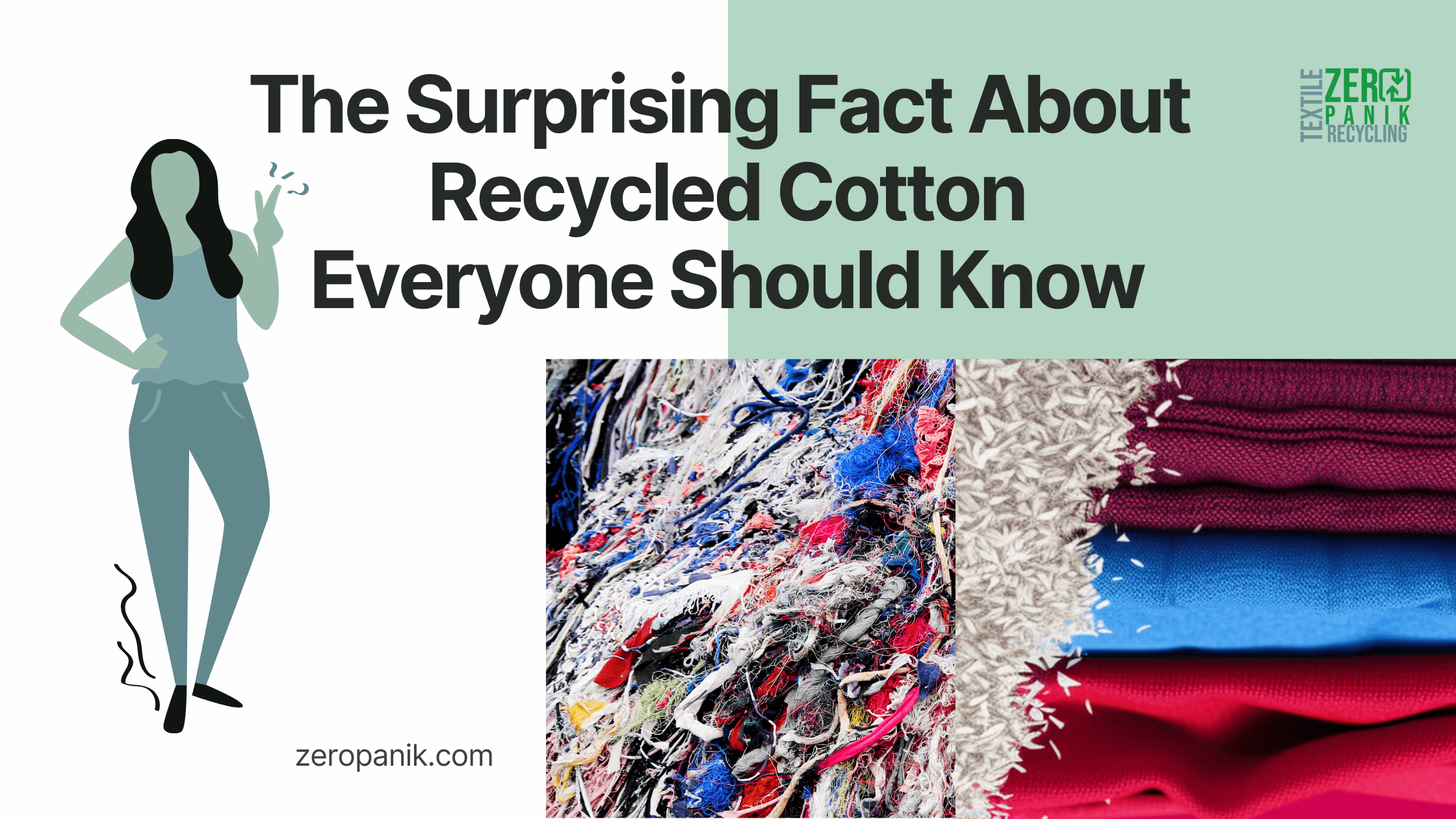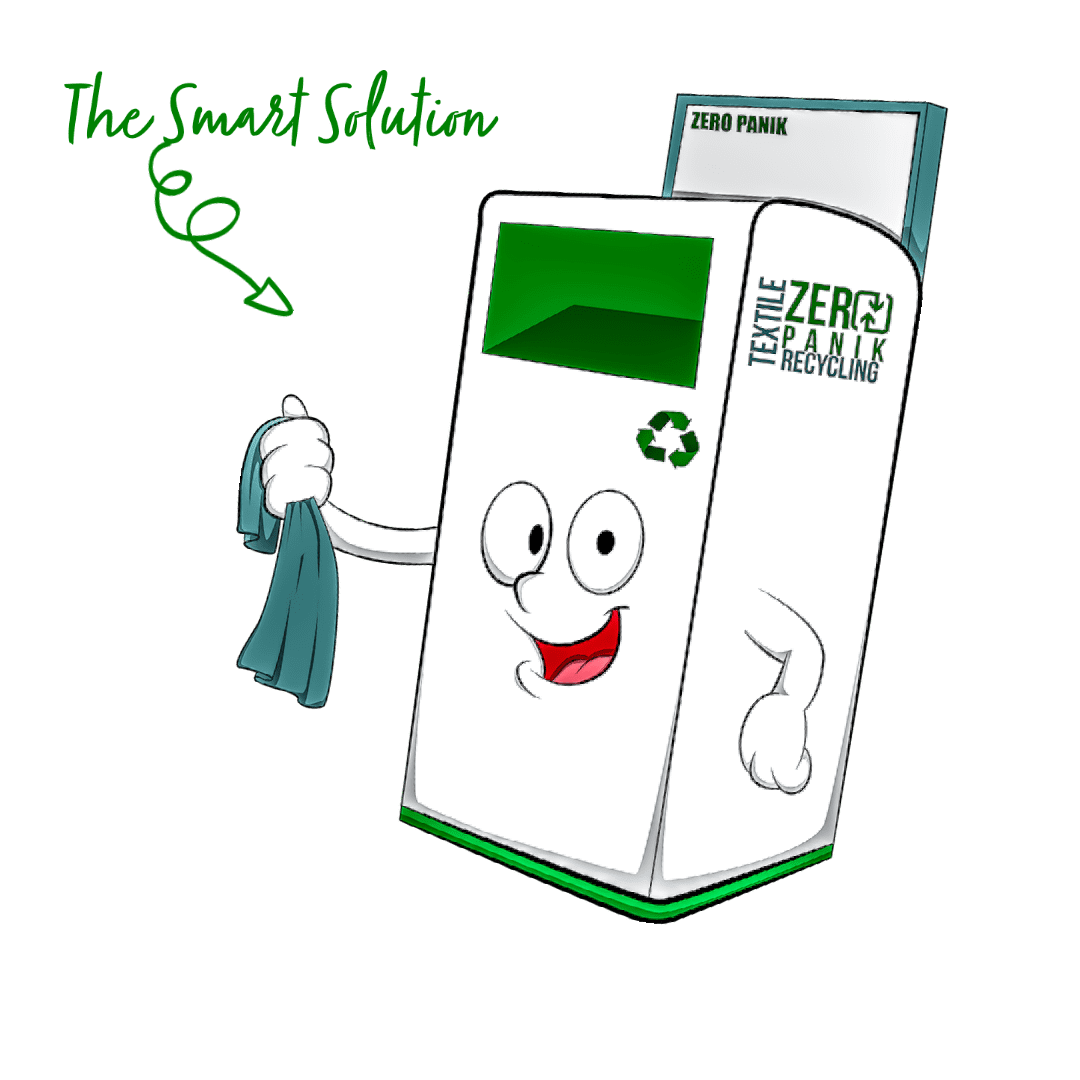
Introduction
Cotton is one of the most popular fabrics in the world. It’s used in everything from jeans to T-shirts to mattress covers. But what you may not know is that cotton can also be recycled.
Recycled cotton is becoming increasingly popular as a sustainable and eco-friendly fabric choice. And it’s not just for clothing – recycled cotton can also be used to make furniture, home furnishings, and other textiles.
The benefits of recycled cotton are many. It saves resources, reduces pollution, and cuts down on waste. It also helps to create new jobs in the recycling and textile industries. And perhaps most importantly, it helps to reduce the demand for new, raw cotton.
If you’re looking for a sustainable and eco-friendly fabric choice, then recycled cotton is a great option. Keep reading to learn more about this surprising fact about recycled cotton everyone should know!
The Surprising Fact About Recycled Cotton Everyone Should Know: The fact that cotton can be recycled is a fairly new development in the world of fashion and textiles. While most people are familiar with the idea of fabric recycling in general, the concept of using cotton to produce new fabric products is quite novel. Fortunately, recycled cotton is becoming more and more popular, with both manufacturers and designers increasingly turning to the material to create sustainable, eco-friendly clothing and textiles.
What is Recycled Cotton? Recycled cotton is a type of fabric produced using fibers that have been recycled from pre-existing cotton fabrics. It is made using either post-consumer waste, such as old clothing and rags, or pre-consumer waste from factories, such as fabric cuttings, offcuts, and thread clips. The fabric is then broken down into its raw components and re-spun into yarn for the production of new textiles.
How is Recycled Cotton Made? The production of recycled cotton involves a fairly complex process that involves several stages. First, the old or pre-consumer materials are collected and separated according to their types. Next, the cotton fibers are broken down and spun into yarn. This yarn is then woven into new fabric. Finally, the new fabric is dyed and treated to prepare it for further processing and use.
The Benefits of Recycled Cotton: There are many benefits associated with the use of recycled cotton. For one thing, it can help to reduce the demand for new, raw cotton, thereby decreasing the number and amount of chemicals that are needed to produce the material. Additionally, using recycled cotton can help to reduce the amount of waste that ends up in landfills, thereby saving resources and reducing pollution. It can also help to create jobs in the recycling industry, and the final product can be almost indistinguishable from traditional cotton fabrics, giving it vast potential for use in high-end fashion.
The Drawbacks of Recycled Cotton: Despite the many benefits of recycled cotton, there are some drawbacks to consider as well. For one thing, the production of recycled cotton often involves a lot of labor, which can lead to higher costs and less efficiency in the production process. Additionally, because the material is made from pre-existing fabrics, the fibers are generally much weaker than those found in traditional cotton fabrics. This can lead to a decrease in the longevity of recycled fabrics compared to those produced with raw cotton.
The Future of Recycled Cotton: Despite its drawbacks, the future of recycled cotton looks very bright. As more and more manufacturers and designers recognize the value of sustainable and eco-friendly fabric choices, the demand for recycled cotton is likely to increase. Additionally, as technological processes become more efficient, the quality of recycled cotton products will likely become better and more cost-effective for both manufacturers and consumers. Ultimately, the increasing popularity of recycled cotton is a very positive development for both the environment and the fashion industry, and one that should be celebrated!
Conclusion: Cotton is a widely used natural fiber, but it is also one of the most environmentally-damaging crops to produce. The good news is that cotton can be recycled and used again. Recycled cotton is just as soft and durable as new cotton, but it requires less energy and water to produce. Help us increase the supply of recycled cotton available to manufacturers by contacting us today.
